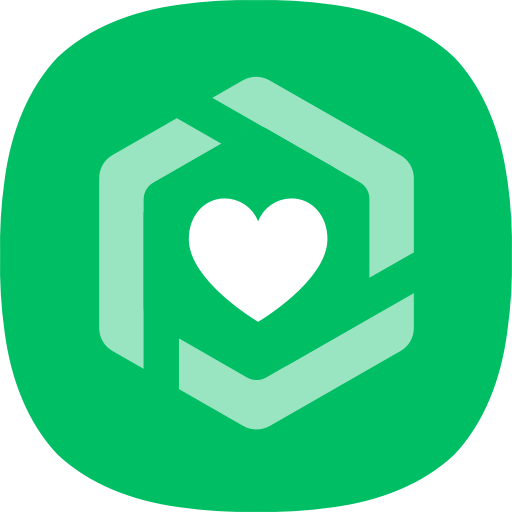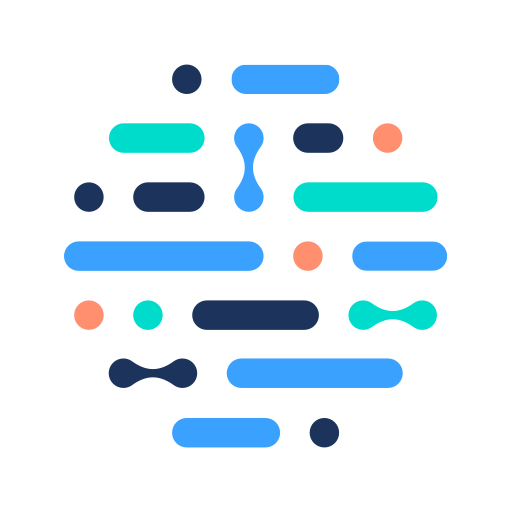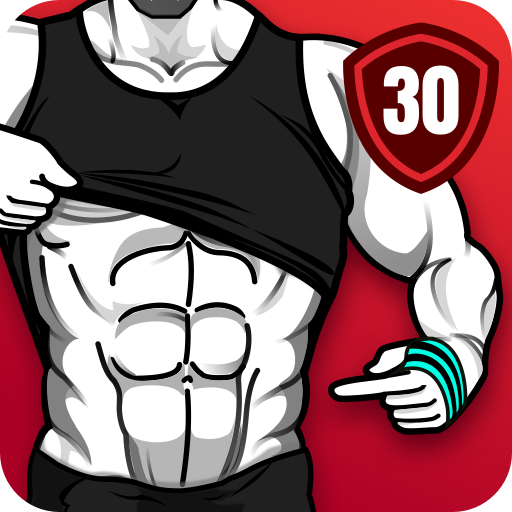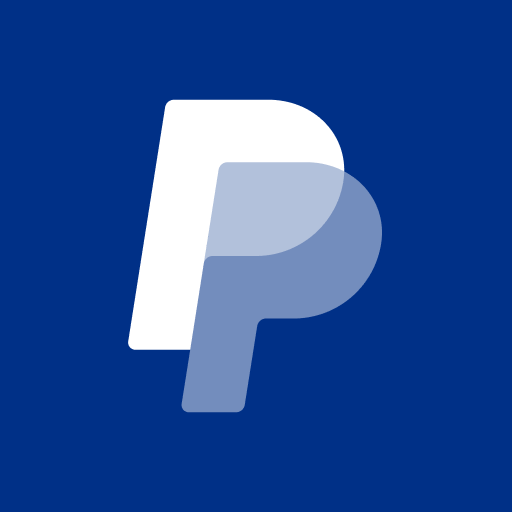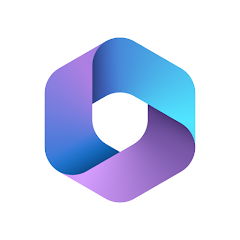Health Platform
About this app
In the contemporary digital landscape, health platform applications have garnered increased popularity among individuals seeking to monitor and enhance their overall well-being. These applications offer a diverse array of functionalities designed to assist users in tracking their health metrics, establishing goals, and maintaining motivation along their fitness journey.
Ranging from monitoring daily physical activity levels to tracking caloric intake, these applications furnish users with invaluable insights to facilitate informed decisions concerning their health. The discussion will delve into the advantages of utilizing health platform applications, essential features to consider, prevalent applications available in the market, factors to evaluate before selecting an application, and recommendations for optimizing the user experience.
Irrespective of whether one is an ardent fitness adherent or endeavoring to adopt healthier lifestyle practices, this article aims to furnish pertinent information aimed at aiding individuals in identifying the optimal health platform application tailored to their specific requirements.
Overview of Health Platform Apps
Health platform applications are transforming the approach to wellness and healthcare by offering a mobile application that integrates a range of features to improve user experience and functionality.
What are Health Platform Apps?
Health Platform Apps are specialized mobile applications that have been designed to provide a wide range of healthcare services, encompassing health tracking and medical consultations.
These applications are instrumental in facilitating convenient and accessible healthcare, transforming the way individuals engage with health services. With their user-friendly interfaces and seamless user experiences, they enable users to monitor their health, communicate with healthcare providers, schedule appointments, and access critical medical information effortlessly.
Plus addressing personalized health tracking needs, these apps serve as a conduit between patients and healthcare professionals by enabling virtual consultations and timely health interventions. They function as versatile tools that cater to the diverse healthcare requirements of individuals in today's fast-paced society.
Benefits of Using Health Platform Apps
The utilization of Health Platform Apps offers a multitude of advantages, notably, heightened wellness and optimized healthcare services, thereby enhancing the overall user experience.
These applications present users with a convenient means to monitor their health metrics, encompassing parameters like heart rate, activity levels, and sleep patterns, thereby facilitating enhanced monitoring and management of their overall well-being. By providing personalized content delivery, these platforms offer customized health recommendations, exercise regimens, and nutritional guidelines, tailored to meet the unique requirements of each user. The seamless functionality and user-friendly interface of these apps streamline the accessibility of healthcare resources and professional guidance, ultimately resulting in expedited interventions and improved health outcomes.
Features to Look for in a Health Platform App
When choosing a Health Platform App, it is crucial to assess the features and functionality it provides while also taking into account user ratings to ensure a well-informed decision is made.
Key Features for Tracking Health and Wellness
Primary characteristics for monitoring health and wellness within a Health Platform App encompass thorough health tracking, establishment and supervision of fitness objectives, and reception of punctual notifications.
The exhaustive health tracking attribute within the Health Platform App enables individuals to meticulously observe assorted facets of their well-being, comprising physical activity, sleep patterns, heart rate, and calorie intake. Through regular monitoring of these essential metrics, users can acquire valuable insights into their comprehensive health status and make well-informed choices to enhance their lifestyle.
Establishing and overseeing fitness goals are paramount in upholding wellness, as it aids individuals in sustaining motivation and concentration towards attaining specific aims, such as augmenting daily steps, engaging in more frequent exercise, or enhancing cardiovascular endurance.
Popular Health Platform Apps on the Market
The market is replete with prominent Health Platform Apps renowned for their excellence in delivering an intuitive user interface and a seamless user experience that caters to a wide array of healthcare requirements.
Comparison of Top Apps
An in-depth analysis of leading Health Platform Apps indicates notable disparities in their ratings, performance, and security functionalities.
For instance, App A demonstrates a remarkable user rating, receiving consistent acclaim for its user-friendly interface and personalized tracking attributes. Nonetheless, performance evaluations have reported intermittent delays during peak usage periods.
Conversely, App B may not exhibit equally high ratings; however, it distinguishes itself through robust data security protocols, integrating advanced encryption techniques and undergoing routine audits. Nevertheless, its operational efficiency may be compromised on older devices.
These divergent characteristics emphasize the significance of evaluating multiple factors when selecting a health platform application.
Factors to Consider Before Choosing a Health Platform App
When selecting a Health Platform App, it is imperative to take into account factors such as user interface, user experience, and data privacy in order to guarantee a satisfactory and secure user engagement.
User-Friendly Interface
A critical component of a successful Health Platform App is the presence of a user-friendly interface, as it significantly improves the overall user experience.
One of the primary factors contributing to the user-friendliness of an interface is its navigational ease. Seamless navigation within the app enhances user engagement with its features and content.
Furthermore, intuitive design is paramount in ensuring the usability of the interface. An interface that can anticipate user requirements and seamlessly guide them through the app greatly enhances the overall user experience.
Moreover, incorporating accessibility features such as text-to-speech options and color contrast adjustments ensures inclusivity for all users, thereby guaranteeing a positive user experience across the board.
Data Privacy and Security
When choosing a Health Platform App, it is essential to prioritize data privacy and security to guarantee the adequate protection of sensitive health information.
User data within health apps should be secured using robust security measures, including encryption, which encodes data to prevent unauthorized access. The implementation of secure login methods, such as two-factor authentication, provides an additional layer of protection against potential breaches. Adherence to healthcare regulations like HIPAA is also vital in upholding the confidentiality and integrity of patient information, ensuring that strict data protection protocols are in position to prevent any unauthorized disclosure.
How to Make the Most of a Health Platform App
To optimize the advantages offered by a Health Platform App, it is essential to have a comprehensive understanding of its functionality, improve user engagement, and enhance the overall user experience.
Tips for Utilizing App Features
To optimize their experience with a Health Platform App, users are encouraged to effectively utilize its features, including configuring notifications and actively participating in progress monitoring.
Notifications serve as a valuable resource for maintaining adherence to health objectives; through the establishment of reminders for activities such as exercise, medication, or hydration, users can establish a regular regimen. Progress monitoring enables individuals to track their advancements, recognize patterns, and make informed choices regarding their health practices. Through the analysis of the data obtained from these functionalities, users can identify areas requiring enhancement and modify their approaches to facilitate more effective goal attainment.
Related Apps
-
MyPossibleSelfGETHealth and Fitness
-
CSL PlasmaGETHealth and Fitness
-
Six Pack in 30 DaysGETHealth and Fitness
